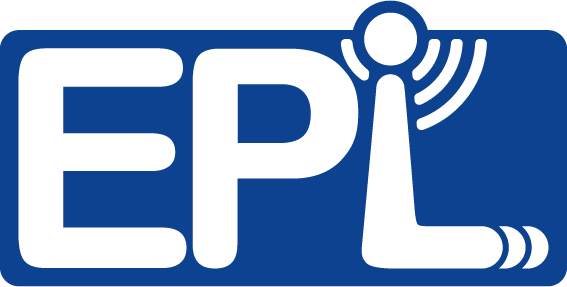EcoBT Accessories
| Li-polymer Battery | USB Charger | Inductive Charger | Breakout for Super | Breakout for Mini |
|---|---|---|---|---|
 |
 |
(photo) | (photo) | (photo) |
| 90 mAh, 3.7-4.2V | adjustable charging rate | WirelessQi standard | Molex connector | PCB-edge connector |
In addition, we have also
- the PandaBoard-based gateway for WiFi-BLE bridging
- TechCity’s lighting-control modules
- IR remote emitter and receiver
- Laser driver
Lithium-Polymer Battery
By default, we use the 90 mAh Lithium-polymer battery for our nodes. We order it from conventional battery vendors. It has adequate charge (for a few hours of operation in full-on mode) and can charge up quickly. Its physical size is between the Super node and Mini node. Another reason we use it is that we had plenty in stock from our previous node design. There are plenty of other batteries that may work better than this one. For example, check out PowerStream for batteries of different form factors and capacities.
USB Charger
This is a common USB charger for Lithium-polymer batteries with the matching connector. It can also be ordered online from a variety of suppliers. Its charging current can be controlled by a resistor. We solder on the resistor by hand, and its value is optimized for battery longevity rather than shorter charging time (which can reduce the total number of charging cycles). It draws power from USB to charge the battery. The user has to disconnect the battery from the node and connect to this USB charger to charge it. In the current EcoBT (both Super and Mini) design, the battery cannot be charged while the node is plugged into the USB port.
Wireless Qi Charger
This is an industry standard for wireless charging. It targets not only mobile phones but also many portable electronic devices. There are two parts: a power transmitter and a power receiver. The transmitter usually come in the form of a charging pad, whereas the receiver part contains a standard coil and circuitry for converting power and controlling charging.
Breakout Board for Super
The EcoBT Super node can use the Molex connector as its expansion port. The breakout board basically connects the pins of the Molex connector to holes in a prototyping area for easier soldering by hand or by connecting a Dupont connector.
Breakout Board for Mini
The EcoBT Mini node uses its PCB edge as its expansion connector. The breakout board uses posts to “grab” onto the contacts on the PCB edges. Then, additional peripherals can be connected to the prototyping area on the breakout board.
